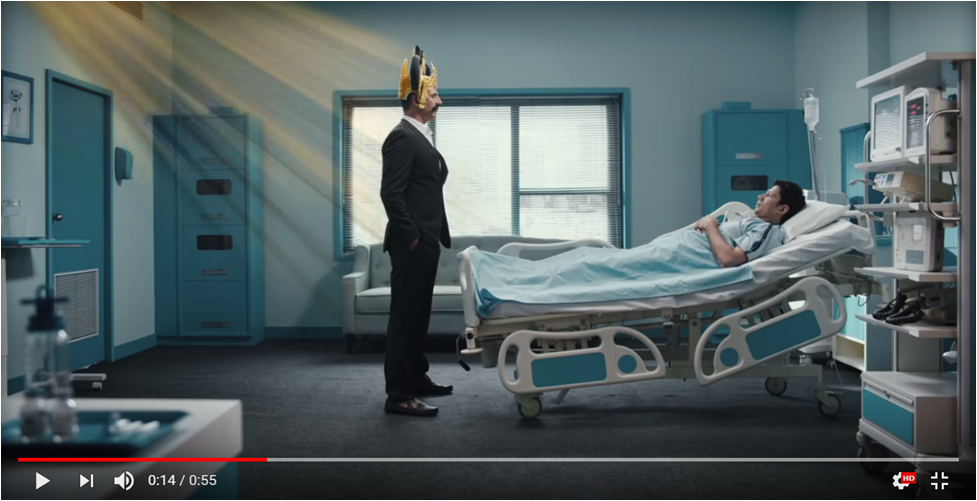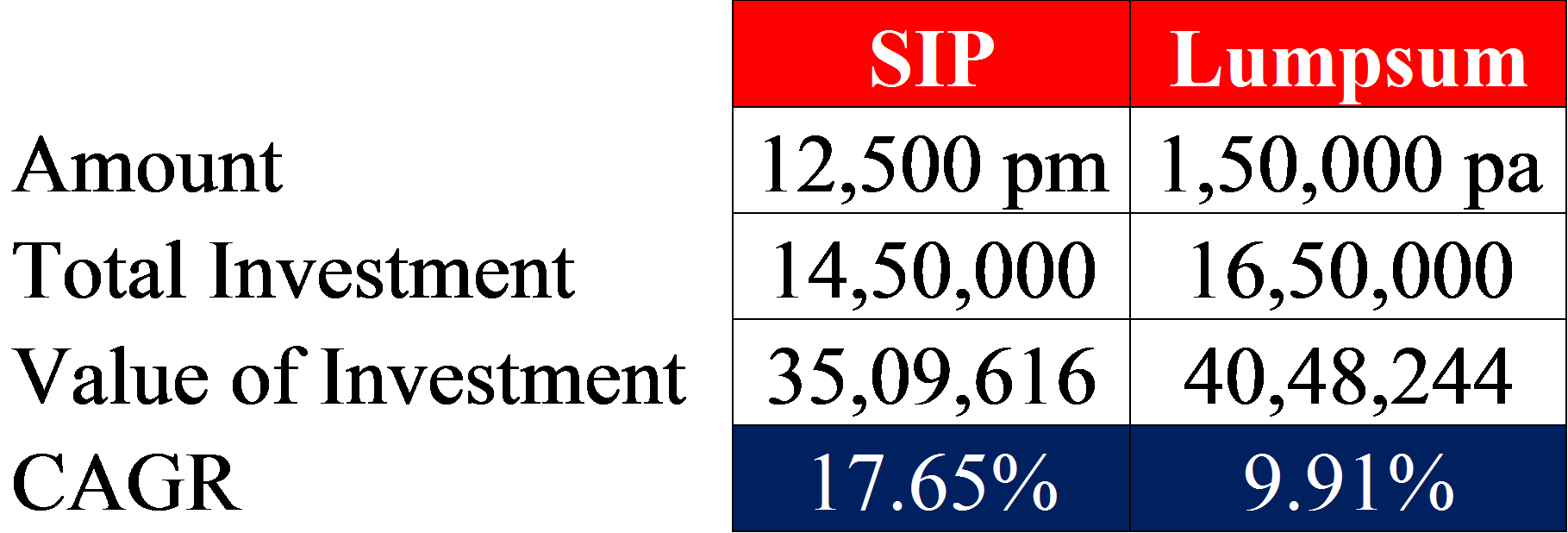“At CAGRfunds, we do a weekly session of knowledge sharing within the team. Last week, we had a rather long discussion on whether a separate health cover is required if the employee is covered by his or her company health insurance (Mediclaim) policy.
So we started digging into the various critical reasons as to why we need health cover at all. We realized that depending solely on the health insurance provided by our companies can land us up in the following situations:
Corporate Health Insurance coverage is the same for all
The employer decides our coverage amount. So, if your coverage amount is 5 lacs and your hospital bills amount to 7 lacs, the balance comes out of your pocket. Therefore, you need to ascertain the adequacy of the coverage as per your own health conditions.
You may not be rewarded for being healthy
Most companies (especially the small and midsized ones) deduct insurance premiums from our salaries. For people having the same coverage amount, the premium is also the same year on year, irrespective of how healthy or unhealthy an individual might be. So, if you are a healthy non-smoker individual, you are perhaps paying the same premium as your colleague who is slightly unhealthier than you are.
Also, in an individual health insurance, a lot of policies give either “no claim bonuses” or discounts on subsequent premiums for claim free years. That means you have more security and you save more money if you take care of your health.
You do not have the flexibility to prioritize the features you want
Corporate Insurance is a general insurance that covers a group of employees. So, the features are generic and may not be completely in sync with what you prefer. For example, if there is a history of cancer or diabetes in your family (which puts you at risk for the same), there is a chance your corporate insurance will not cover it. Or, your corporate insurance may be capping your room rent to a small % of sum insured which is unlikely to cover even half of your actual room rent.
You will have zero health cover just when you need it the most
Corporate Insurance will only cover you till you are employed with the company. So, if you are currently depending on your corporate health cover, you will have none on retirement. If at that point in time, you decide to take a private health cover, it will cost you significantly higher than what it would cost if you take a policy when you are young.
You might face several issues on changing your employer
Drop in coverage amount
Your new employer may offer you a lower coverage than your previous employer. You might want to go for a separate health cover when that happens, but do take into consideration the increased premium that you will have to take at a higher age. Also, every new policy has a waiting period for pre-existing diseases. This means that the Insurance service provider will not sanction any claim arising out of any pre-existing disease during the tenure of the waiting period. In most cases, this period ranges between 2-4 years. The older you are, the longer it is.
Lesser Dependents
Many companies today offer health insurance for not only you but also your spouse, children, parents and (occasionally) your in-laws. But, not all companies offer the same protection. If you change your company, your new employer may only support you, your spouse and your children. Having your dependants not covered in future can lead to a considerable risk of an unforeseen medical expense.
But, what should you do if your corporate health cover seems to be adequate?
Well, it is certainly possible that your company adequately covers you and your family and also provides you with the features that you prefer to have. You can choose to adopt any of the following routes:
- Secure your cover for post-retirement: You can take a small cover separately so that you do not have to shell out a huge premium for taking a new policy post-retirement. A new policy at retirement will also subject you to the long waiting periods for pre-existing diseases which of course defeat the purpose of the policy at that age.
- Secure the possibility of a massive medical emergency: Corporate covers are at best, generally adequate for normal medical situations. In case of a massive unforeseen emergency, the chances of incurring a huge expense are quite likely. Therefore, you might want to secure that eventuality and take a large health cover separately to take care of the same.
Want to know more about health insurance? Contact us on +91 97693 56440 to know more about the suitable plan for you.








